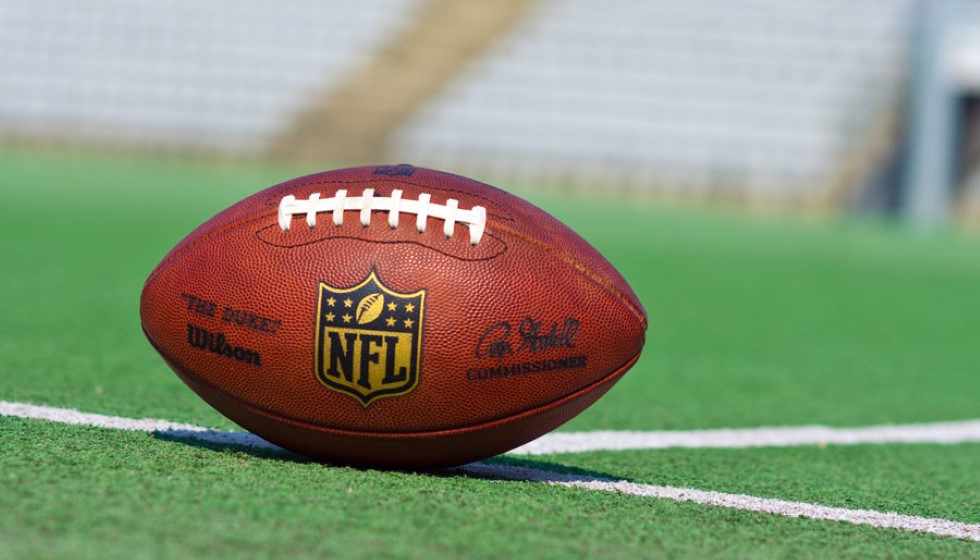
As the new NFL season approached, the league introduced a significant change designed to prioritize player safety: the optional use of guardian caps. These innovative caps, made with a padded, soft-shell layer, are intended to be worn over helmets during games to absorb impact and reduce concussion risks. The NFL's decision to bring these caps into mainstream play stems from promising results recorded over the past two seasons.
Effectiveness Backed by Data
According to studies conducted during this period, the use of guardian caps has notably decreased concussion numbers. Research indicates a 10% reduction in the severity of player impacts when a single player involved in a collision wears the cap. This figure doubles to at least 20% if both players are equipped with the guardian caps. These statistics highlight the potential of these caps to significantly mitigate the risk and severity of concussions, a persistent concern in the high-impact sport.
To make the transition smoother and more appealing to players, the NFL offers a "helmet pinney" option. These pinneys don the teams' logos and colors, adding a sense of team pride and uniformity to the otherwise plain caps.
Mixed Reactions Among Players
Despite the evident benefits, the introduction of guardian caps has met with mixed reactions from players. Notably, Darius Slay has been vocal about his discontent with the new gear.
"Oh I can't stand them. It impact my swag," Slay candidly expressed. His concerns are not just about safety but also the players' appearance on the field, which he believes is integral to their performance. "My game is part of my swag. If I ain't looking the part, I can't feel the part. They have me looking very ugly out there with that big ol' cap on the head," he added.
Slay's resistance highlights a broader cultural aspect within the NFL, where image and style are often intertwined with player identity. "I hope not, because they show our swag will be ugly," he remarked, voicing his hope that the caps wouldn't become mandatory. Nevertheless, Slay acknowledged the safety benefits, albeit humorously, "They are for our safety, so if they wear them for safety that's cool. I'm sure I'll clown them."
A Balancing Act
The NFL's challenge now lies in balancing safety innovations with player acceptance. While data supports the effectiveness of guardian caps in reducing concussion risks, player buy-in is crucial for widespread adoption. The league’s move to integrate team logos and colors is a step toward making the caps more palatable, but as Slay's comments illustrate, changing entrenched perceptions about gear and its impact on "swag" may take time.
Ultimately, the guardian caps represent a forward-thinking approach in the NFL's ongoing efforts to protect its players. As the season progresses, it will be interesting to see how many players opt to embrace these safety measures and how the league manages the intersection of utility and player sentiment. With player health and career longevity on the line, the importance of such innovations cannot be overstated, even if they require a cultural shift in the sport.